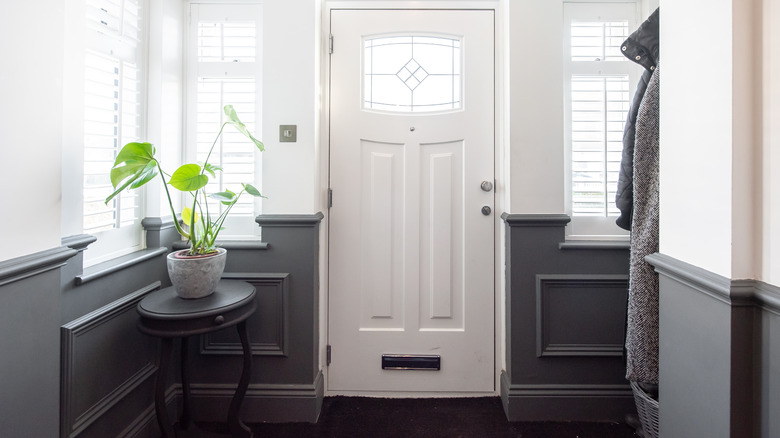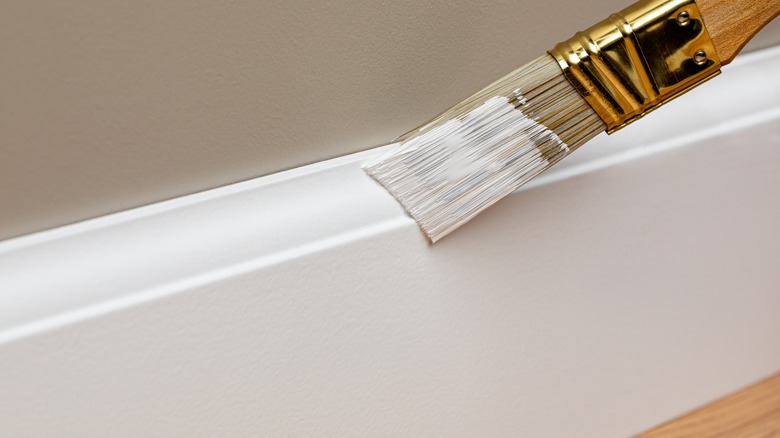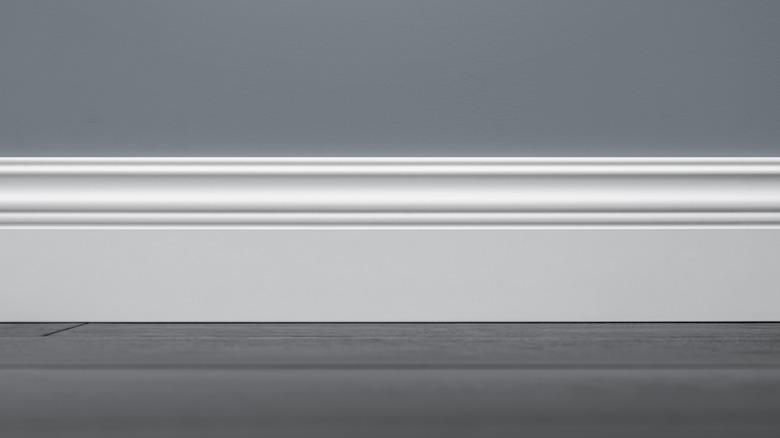What Are The Best Options For Baseboards In An Entryway?
When building a new home or remodeling an existing one, you have several choices to make. One that probably won't receive a lot of time or attention is the baseboards you'll install in the entryway (if any). Although some people may consider skipping them, they're important parts of your home's construction that protect your walls and give your design a finished look. They also eliminate gaps between the wall and the floor where dirt and debris can collect.
Because the entryway for your home absorbs a significant amount of foot traffic, it needs baseboards and flooring materials made for durability. After all, the entryway is the first impression of your home, so you want coverings that look great and make the entryway feel more inviting. When selecting baseboards for your entryway, you'll make choices for both the material and the style. Baseboards usually range from 3 to 7 inches in height, and you may want pieces ⅝ of an inch or more in thickness for maximum durability.
You can select from several different materials that may have different decorative elements. Although wood is a highly popular choice,there are plenty of alternatives to wood baseboards, including fiberboard, vinyl, or PVC plastic. Let's dive in and help you select the perfect baseboard designs to use in the entryway at your house.
Choosing the best materials for your entryway's baseboards
The advantages for using natural wood baseboards in your entryway are plentiful. Wood is a strong material that's able to withstand physical damage, making it a great choice for an entryway, where people might scuff it with their shoes as they come into the home. Its natural look also creates a pleasing aesthetic when people enter your home, and you can either paint or stain it. However, wood is more expensive than other medium-density fiberboard (MDF) and it doesn't have the flexibility for installation on entryway walls that aren't perfectly straight. Still, because of its ability to withstand everyday wear and tear, wood is the best option for most people.
If people track a lot of moisture into your home through the entryway, vinyl and PVC both offer water resistance. For this reason, people commonly use these two materials for baseboards in bathrooms, mud rooms, or basements. Vinyl boards like PVC don't stand up well to temperature changes, though. If you have a lot of glass in your entryway that will expose these baseboards to direct sun and heating, the PVC may expand, which could pop the boards loose from the wall.
Medium-density fiberboard (MDF) is cheaper than all of the other options we've discussed, but it will struggle as a baseboard in an entryway where people track in a lot of moisture. It doesn't perform well in damp locations, swelling when it becomes wet. If you want a stained wood look for the baseboards to improve the aesthetic of the entryway, MDF isn't a good choice, as it works far better with paint than stain.
How to pick the right size and style of baseboard for an entryway
One of the most popular baseboard styles for an entryway is the sculpted style. This is a tall type, sometimes measuring more than 7 inches in height. Mid-height sculpted baseboard molding is available, too, usually measuring between 4 and 5 ½ inches in height. When you use a taller model, it gives you a little more material to catch scuff marks and keep them off the wall. At an entryway with quite a bit of foot traffic, having the extra few inches of protection from the tall sculpted baseboard might be worth it.
The tall sculpted design is a good choice if you have a narrow entryway, which has a greater chance of suffering scuffs than a wider design. Sculpted baseboards also have a decorative section along the top that can give you the aesthetic you're seeking. Some designs can be up to 1 inch in thickness, which is perfect if you're looking for maximum durability.
If you want a minimalist design in the entryway, a shorter baseboard with no design elements is the best choice. A flat model is usually the best choice in this situation, as it has a height of 3 to 5 inches with squared edges. This allows other elements in the entryway to grab the eye of visitors.


